Prevent runner’s diarrhea with these 5 expert tips
We consult a sport certified dietician on how to make sure your legs are the only thing doing any running on race day
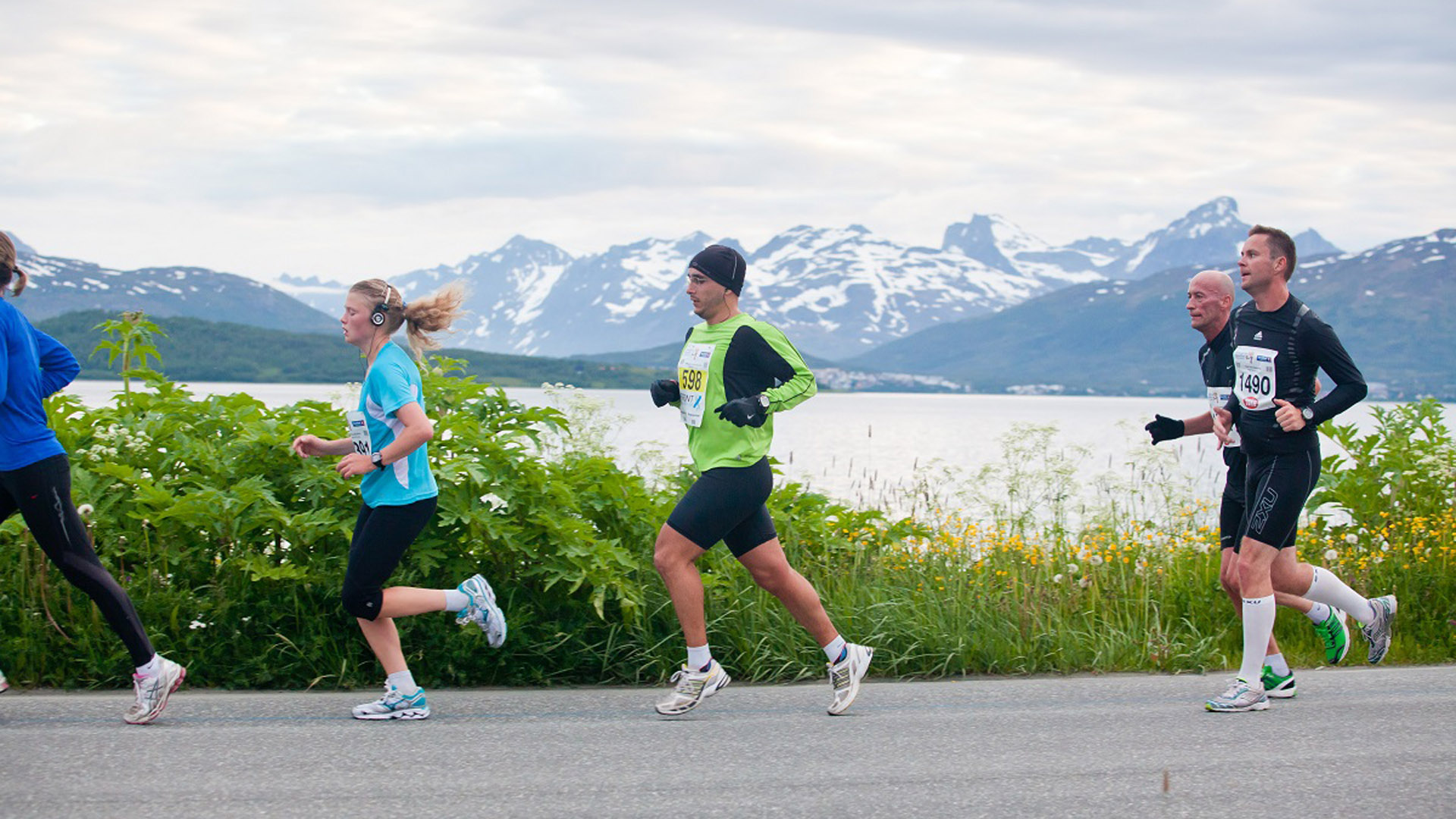
When you’re training for your first marathon or other competition, you obviously want to focus on increasing your endurance by alternating long runs with easy runs, intervals and rest days. You need to make sure that you have the right shoes (or trail running shoes) for your gait and a comfortable, sweat-wicking running top. You might even be trying meditation for runners to help you get in the right headspace as well as other motivational tools. But one thing that few people tell you to prepare for is how much poop there is on race day. We’re talking miles-long queues for the toilets in the morning, overflowing porta potties and possibly even spending a good half hour on one of the aforementioned overflowing toilets once you cross the finish line dealing with the dreaded runner’s trots. And that’s if you’re lucky and runners’ diarrhea doesn’t strike during the actual race itself.
Runner’s diarrhea is a common phenomenon plaguing long-distance and competitive runners, and most seasoned runners have their own rituals and strategies to try to prevent it, but even elite athletes can struggle to avoid it (don’t Google this). The last thing you want is to be dealing with cramps, toilet stops or even pooping yourself during a race, so we spoke to endurance coach and athlete Susan Kitchen, owner of Race Smart, and Sports Certified Registered Dietitian on this messy subject to find out what causes runner’s diarrhea and what you can do to avoid it on the big day.
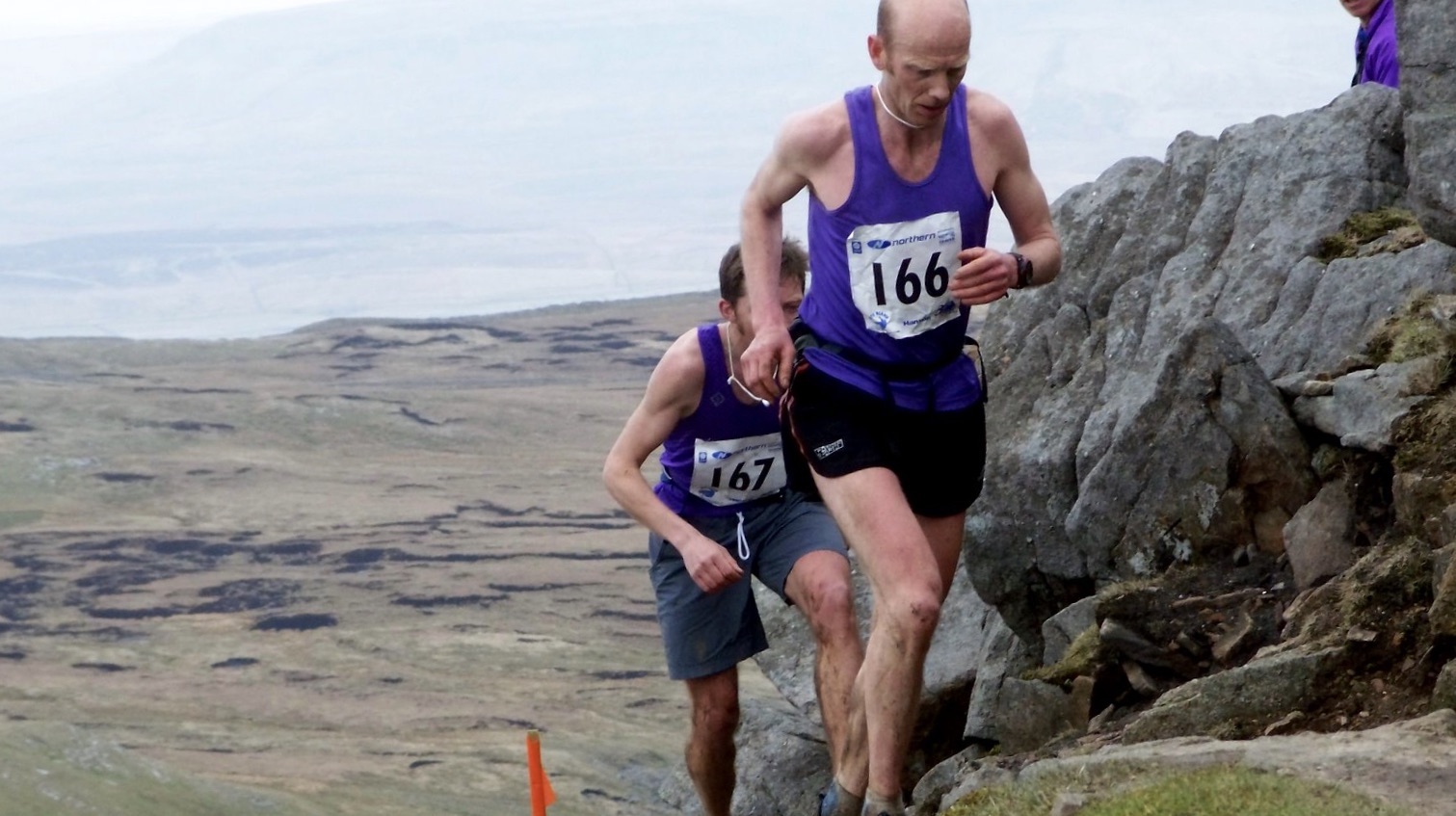
Is it normal for runners to have diarrhea?
Runner’s diarrhea, a symptom of lower gastrointestinal distress, is very much alive and well among runners, according to Kitchen. In fact, a survey of long distance runners found it struck 12% of people during running and 47% following a run, with 43% falling foul to pre-race trots. Though there are other contributing factors to diarrhea such as nerves and GI issues, Kitchen says that in a lot of instances, it’s the actual running that’s giving you the runs.
“Diarrhea can be common in runners due to the inherent jarring nature of running that jostles the stomach and colon more than in any other sport. This mechanical stress causes food and waste to move through the GI tract more rapidly, all the while blood is being shunted away from the intestines toward the working muscles, reducing functionality of the GI tract.”
The difficulty, of course, is that in the days leading up to a big run, you’re going to be focused on fueling up your body, rather than scaling back like you’d normally do if diarrhea was a threat. Furthermore, you probably don’t want to go into a race constipated, and consequently might be eating and drinking certain foods in the leadup to a race that actually make you more likely to suffer from the trots. However, if performance is at the forefront of your mind, you’ll want to look at the bigger picture in the lead up to race day to make sure your legs are the only thing doing any running.
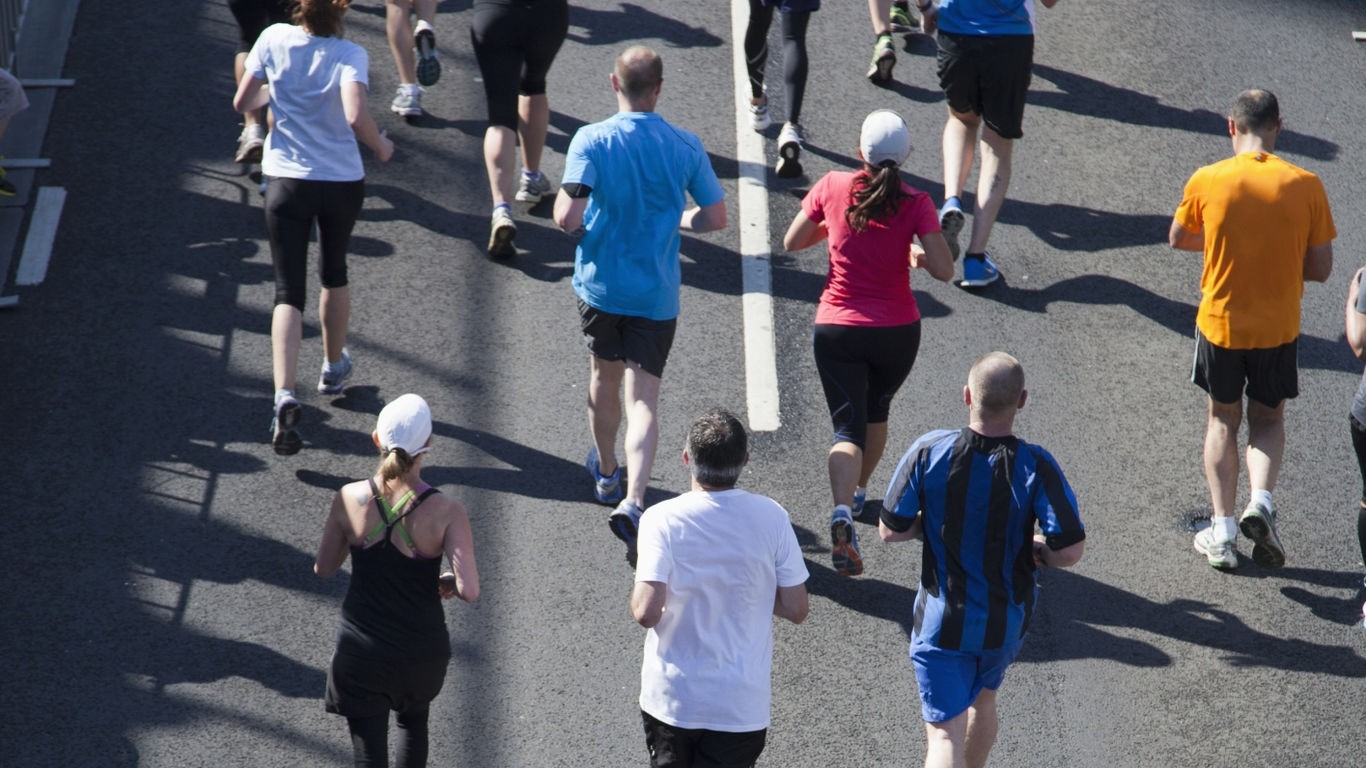
How to prevent runners’ diarrhea
The first thing that Kitchen stresses is that there is no one-size-fits-all approach to preventing runners’ trot. Though it seems to be the jostling effect of running that serves as the trigger, your diet, GI health and overall susceptibility also play a role in if, when and how severely diarrhea strikes. Clearly, if there are any foods that you already know cause you distress – perhaps lactose or gluten if you have Celiacs – you’ll obviously want to give them a wide berth.
“Athletes with pre-existing GI issues such as reflux, lactose intolerance, inflammatory bowel disease, and irritable bowel syndrome are more likely to experience GI symptoms. Taking extra precautions to avoid possible 'triggers' before race day would be well served,” says Kitchen.
All the latest inspiration, tips and guides to help you plan your next Advnture!
If you really don’t know what foods are triggering your gut, Kitchen recommends you keep a food and bowel journal alongside your training log so you can start to connect the dots. If you suffer diarrhea during or after a training run, don’t just look at the last meal you ate but go back a few days in your journal.
“It may not be your last meal that got your bowels in a twist since it takes 24 – 72 hours for food to move through the gut to the toilet,” explains Kitchen, though this journey can be a little faster for athletes.
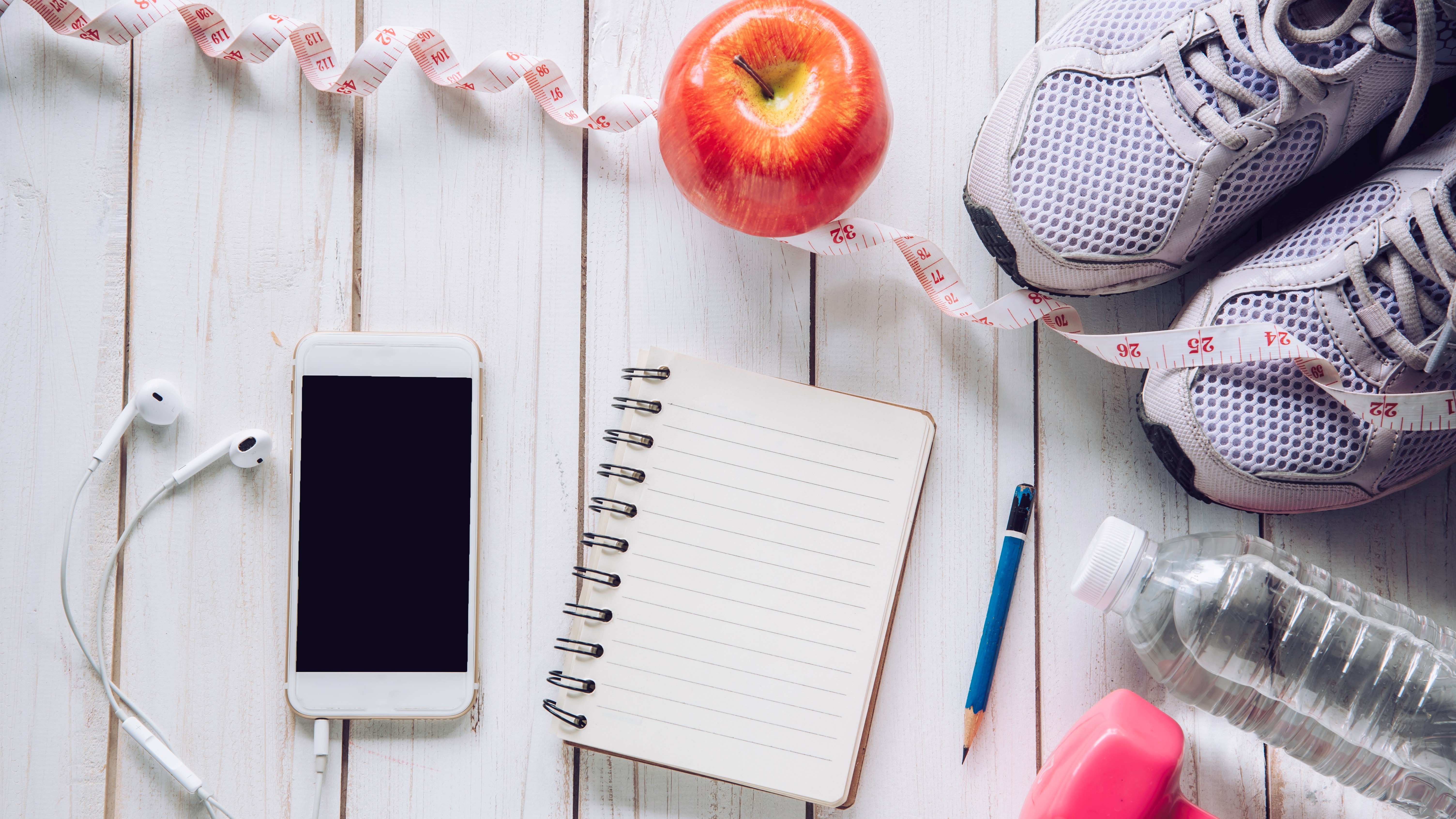
In addition to your food log, Kitchen advises really focusing on your nutrition for the three days prior to race day to help limit your chances of getting the runs. Next time you’re up for a race, try these five tips for planning your nutritional approach to race day:
1. Minimize high fiber foods
It turns out that there’s some good sense around the approach of carb-loading before a race. Low fiber foods like white bread, rice, potatoes, and pasta increase the glycogen stores in your tissues and give you energy, while high fiber foods such as cruciferous vegetables (broccoli, brussels sprouts, kale, cauliflower, etc), high-fiber cereals and brown rice bulk up and soften your stool, which you don't want in this case. High fiber foods are great for everyday health, but in the lead up to race day you’ll want to reduce or avoid these altogether, according to Kitchen, and stick to the carbs.
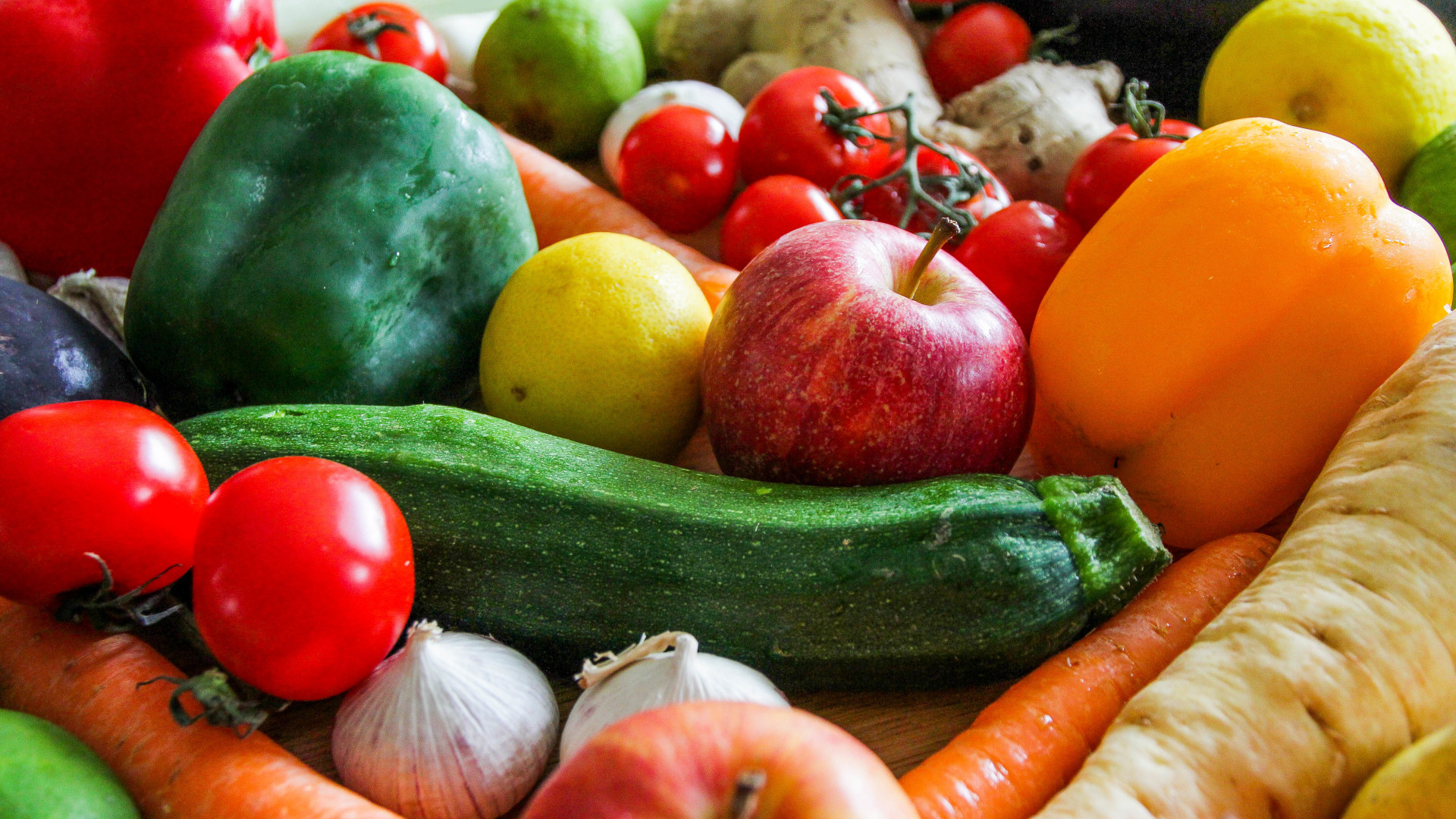
2. Avoid anti-inflammatories
In a survey of over 800 Parkrun participants, nearly 90% reported high use of non steroidal anti inflammatory drugs (NSAIDs) like ibuprofen and aspirin to help deal with pain from injuries and inflammation from overtraining. Though a little 'vitamin I' here and there might seem like no big deal, it may actually be a main contributor to the incidence of runner's runs, according to Kitchen, who suggests giving them a break.
“These drugs have been shown to increase intestinal permeability, mucosal bleeding, ulcers, and the incidence of GI complaints.”
Needless to say, if you’re dealing with pain you should talk with your medical provider about your options and in the long run, it's important to work with a trainer to offset injuries and inflammation. Consider other recovery tools such as compression clothing, ice baths and massage guns for starters.
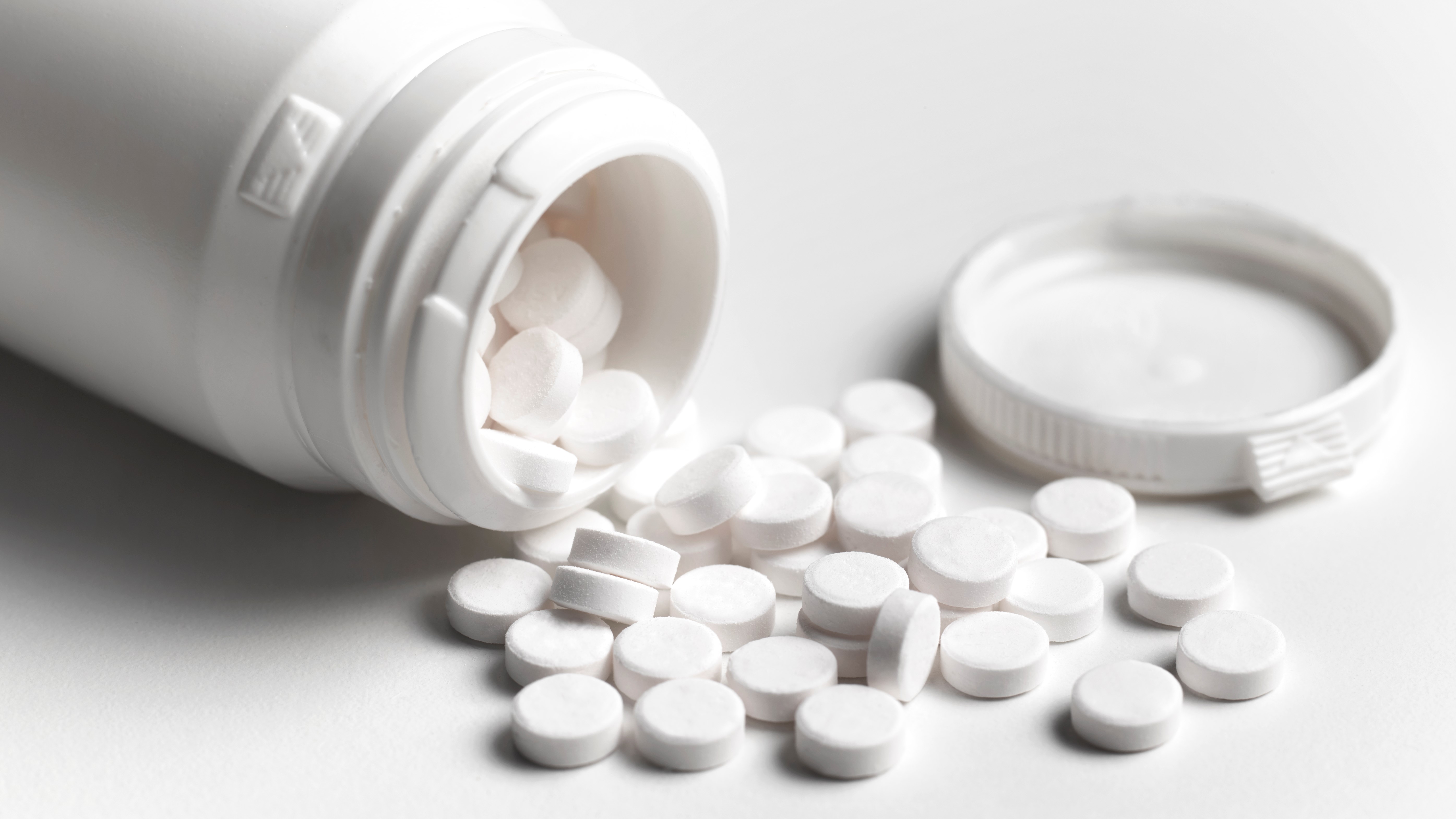
3. Steer clear of fructose and sweeteners
Though as athletes, we all like to think of ourselves as healthy, it’s easy to think you can outrun a bad diet and reach for convenient energy sources that deliver a lot of calories in the form of sugar, however there are a couple of common ingredients lurking in sweet drinks and snacks that can really mess with your gut. Kitchen advises that you read the labels and avoid foods and drinks containing fructose, one of the two main components in added sugar.
“Stay clear of high fructose foods and beverages such as soda, juice, candy, sweetened carbonated drinks, and dried fruit. Fructose is absorbed by the intestine slower than glucose and can contribute to cramping, loose stool, and diarrhea.”
And if you’re thinking you can just swap out your soda for a diet alternative, Kitchen says don’t even think about replacing fructose with artificial sweeteners.
“If you are a fan of low-calorie or sugar-free drinks, consider kicking them to the curb. Unlike other foods, sugar alcohols or artificial sweeteners such as sorbitol and aspartame are not absorbed by the body, so they pass through the intestines mostly intact, pulling water with them. Symptoms include gas, bloating, and an increased urgency to poop.”
For hydration, use water and running drinks rather than sugary beverages and make sure to read Kitchen's hydration tips for runners.

4. Cut the fat
This one may come as a surprise because, of course, fat is an essential component of a healthy diet, helping you to absorb certain vitamins and keep your cholesterol in check, and lots of athletes have been experimenting with high-fat Keto diets in recent years. Understandably, you might be tempted to load up on fatty foods for energy, but Kitchen suggests you reduce your intake of fat in the 12–24 hours before start time.
“Fat slows down digestion, so if you have a fried pre-race dinner or a heaping plate of bacon on race morning, the body will be digesting it long into your race.”
After your race, you can definitely bring back healthy fats in the form of foods like nuts, avocados and oily fish, but keep your fat intake low for the 24 hours before you go.
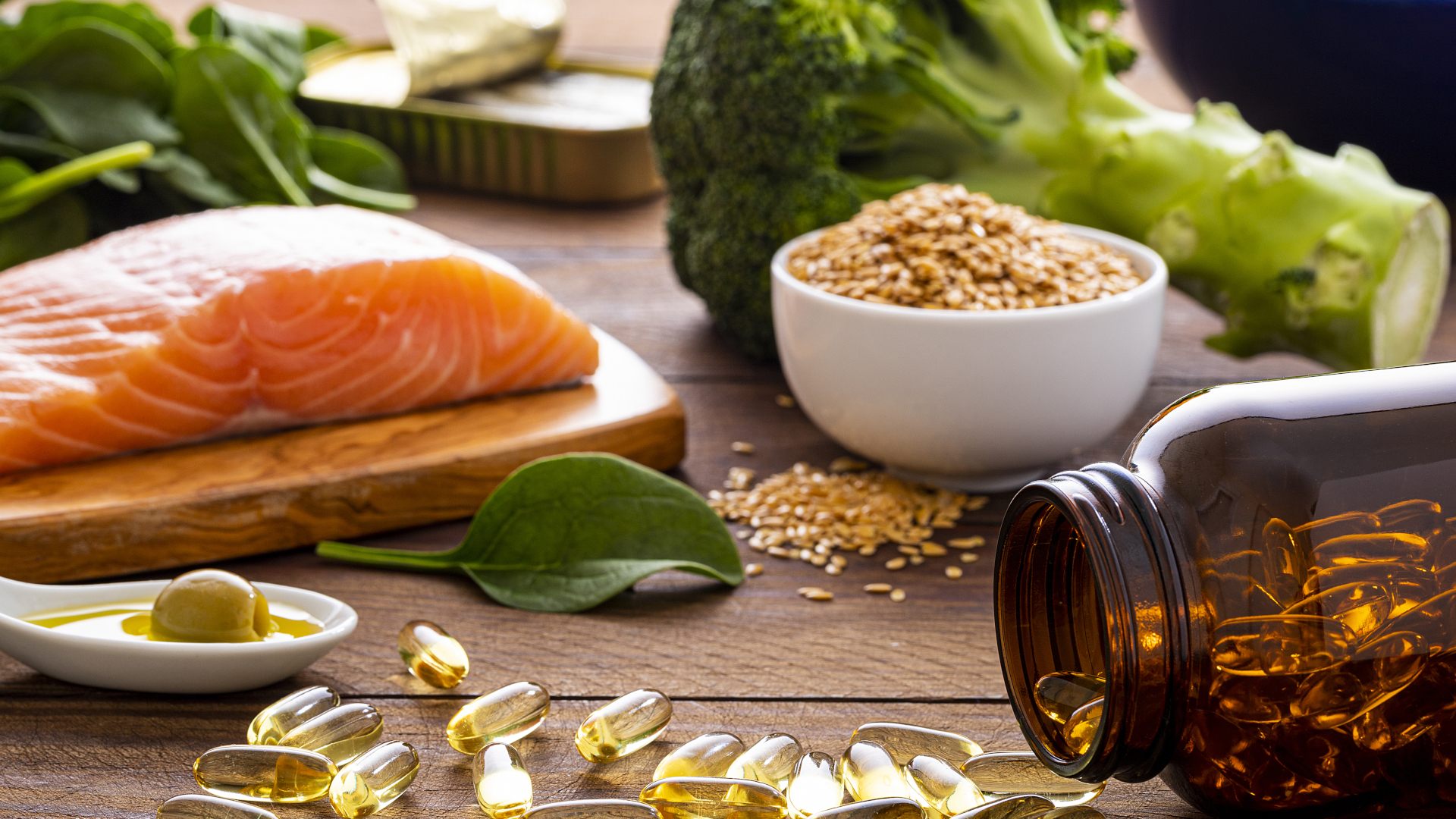
5. Reconsider the coffee
Whether it’s just a well-ingrained habit or you swear by your morning cup of Joe to maintain regularity in your bowels, you’ll want to pause before knocking back that shot of espresso on race day. It’s true that caffeine can have a laxative effect – which you might be looking for to start the day feeling comfortable – but Kitchen advises that not everyone jives with caffeine.
Rather than relying on caffeine to get you going, first rule it out as a culprit during training by running with and without it, so you know if it’s safe to use on race day. Even if you decide it’s not a trigger for you, she warns you to limit your use of it.
“Excessive caffeine use, especially during intense exercise, can contribute to GI distress.”
- Best sports bras for running: comfort and support for training and races
Julia Clarke is a staff writer for Advnture.com and the author of the book Restorative Yoga for Beginners. She loves to explore mountains on foot, bike, skis and belay and then recover on the the yoga mat. Julia graduated with a degree in journalism in 2004 and spent eight years working as a radio presenter in Kansas City, Vermont, Boston and New York City before discovering the joys of the Rocky Mountains. She then detoured west to Colorado and enjoyed 11 years teaching yoga in Vail before returning to her hometown of Glasgow, Scotland in 2020 to focus on family and writing.

